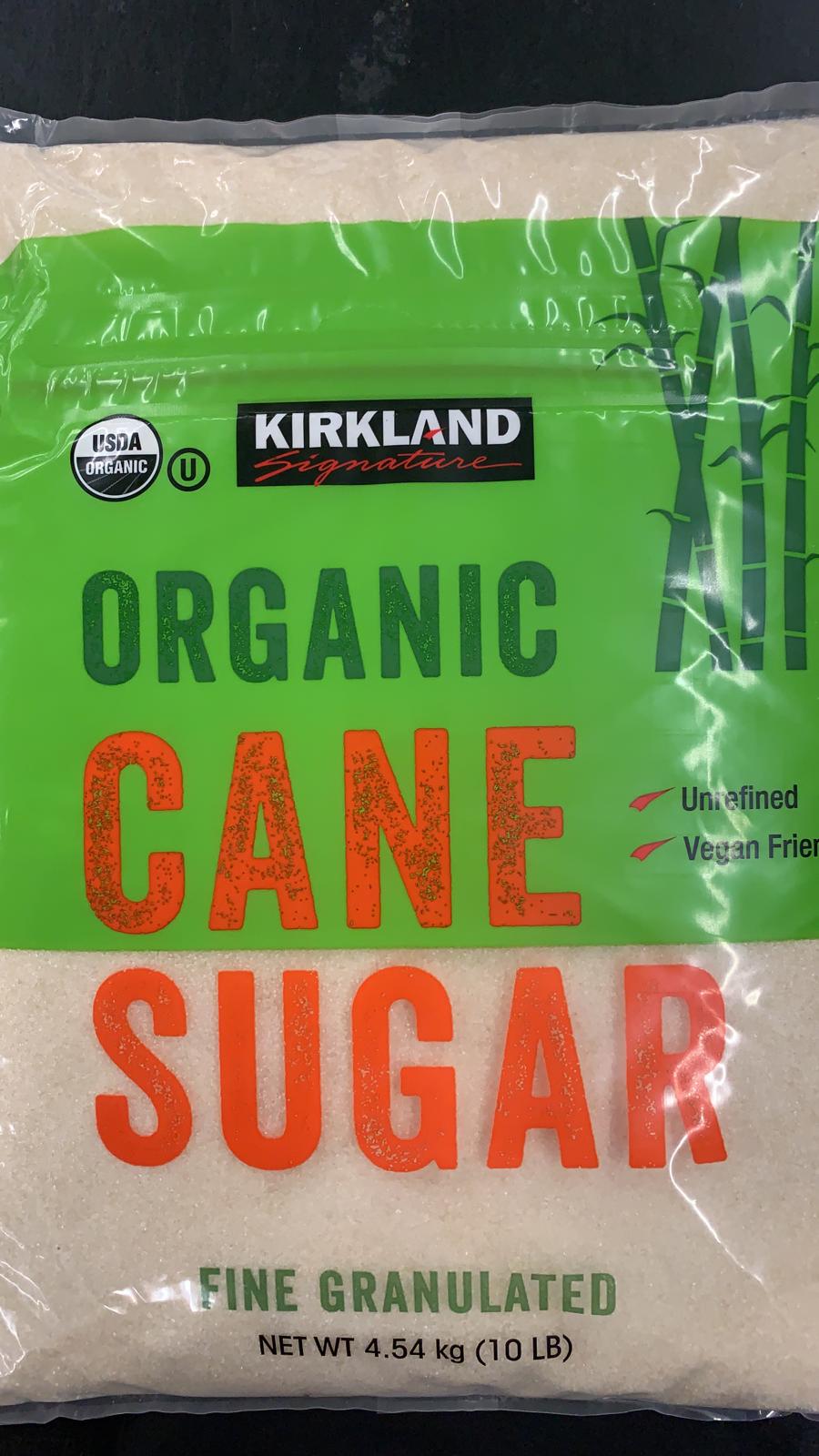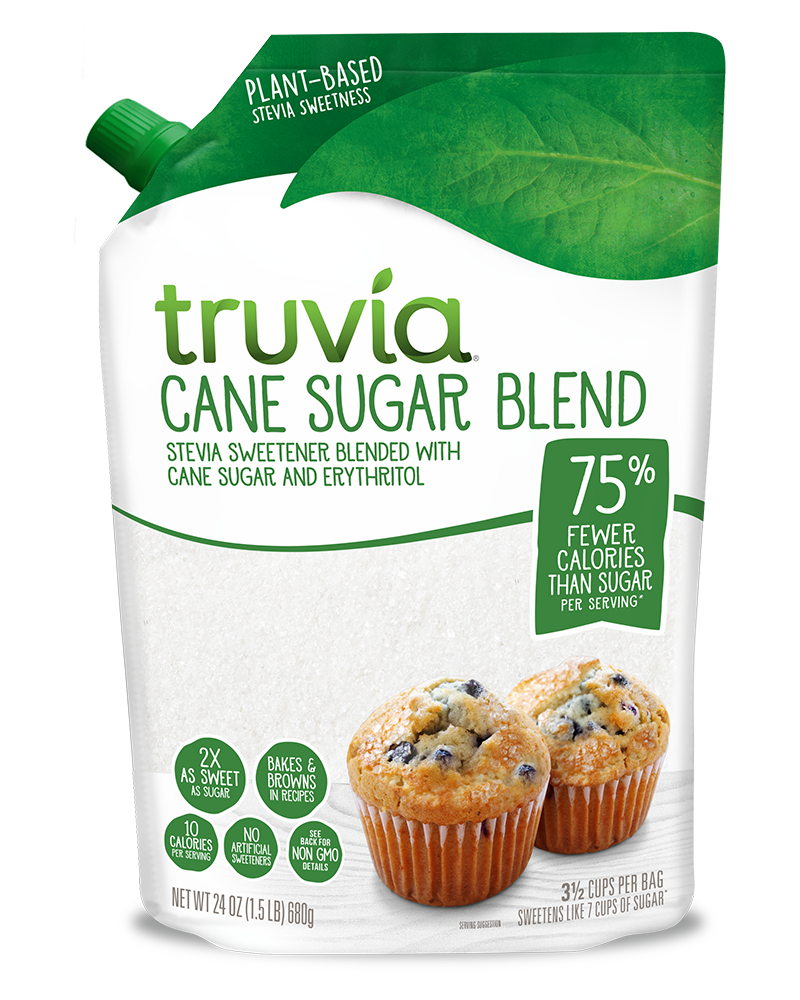Reliable Cane Sugar Processing: Making Best Use Of Return and Pureness
Reliable Cane Sugar Processing: Making Best Use Of Return and Pureness
Blog Article
A Thorough Overview to the Ecological Influence and Sustainability Practices in Walking Cane Sugar Processing
The ecological impact of cane sugar handling offers a complicated array of difficulties that warrant mindful assessment. From dirt deterioration and extreme water use to the carbon footprint connected with farming and production, the effects of typical methods are significant. What details techniques can be carried out to strike an equilibrium between performance and ecological stewardship?
Review of Walking Stick Sugar Processing
Walking cane sugar processing involves a collection of methodical actions that change sugarcane into refined sugar. Initially, harvested sugarcane is transported to refining facilities, where it goes through cleansing to remove dirt and particles. Following this, the walking cane is crushed to draw out juice, which is after that clarified by removing impurities with home heating and the addition of lime.
The clarified juice goes through evaporation, where water is removed to focus the sugar content. This concentrated syrup is after that crystallized through air conditioning, allowing sugar crystals to form. These crystals are separated from the remaining syrup using centrifugation, leading to raw sugar. To attain refined sugar, the raw product undertakes more purification procedures, which might consist of filtering and cleaning to eliminate staying impurities and color.
The end product is then dried out and packaged for circulation. Throughout this whole process, preserving effectiveness and high quality control is important to ensure the sugar fulfills industry requirements. Each action in walking stick sugar handling not just contributes to the last item however also has implications for source use and waste generation, establishing the stage for conversations on sustainability and ecological effects related to sugar manufacturing.
Environmental Obstacles of Production
The manufacturing of walking stick sugar provides a number of substantial environmental challenges that warrant interest. One main concern is the substantial use of agrochemicals, including chemicals and plant foods, which can cause dirt degradation, biodiversity loss, and contamination of regional water resources. The overflow from sugarcane fields frequently carries these chemicals into nearby ecosystems, interrupting marine life and influencing the wellness of areas reliant on these water bodies.
Another obstacle is the high energy consumption associated with sugarcane handling. The boiling and refining phases need considerable warm, mostly produced by burning fossil gas, contributing to greenhouse gas exhausts. Additionally, the expansive acreage needed for sugarcane farming can result in logging and environment devastation, further aggravating environment change and threatening wild animals.
Moreover, the labor methods in some areas increase moral problems, as employees may deal with inadequate working problems and insufficient salaries. This situation often continues a cycle of poverty in local neighborhoods. Cane Sugar Processing. Addressing these environmental challenges is vital for creating a lot more lasting techniques in walking stick sugar manufacturing, ultimately profiting both the environment and the areas included in this market
Water and Land Usage Influence
Water sources and land use are critical components in the walking cane sugar sector that considerably influence the environment. The cultivation of sugarcane calls for considerable water input, with price quotes recommending that it can eat as much as 2,000 litres of water per kilo of sugar produced. This extensive use water typically causes deficiency of local water sources, impacting not only the sugarcane plantations but likewise bordering ecological communities and areas that rely upon the exact same water sources for farming and domestic usage.

Furthermore, land use for sugarcane farming can lead to logging and the conversion of natural redirected here environments right into monoculture vineyards. This technique diminishes biodiversity, interferes with neighborhood ecological communities, and contributes to dirt destruction. The growth of sugarcane fields often elbows in on valuable farming land, creating competitors for resources between food and biofuel manufacturing.
Sustainable methods, such as enhancing irrigation strategies and executing crop rotation, are vital to alleviate these impacts. By taking on much more reliable water usage and land monitoring techniques, the walking cane sugar market can minimize its environmental impact, making certain an equilibrium in between agricultural performance and environmental conservation.
Greenhouse Gas Emissions
Greenhouse gas emissions represent a considerable environmental issue within the walking stick sugar handling industry, especially as farming techniques broaden to satisfy international need. The cultivation of sugarcane, a crop that flourishes in exotic climates, counts greatly on synthetic fertilizers and pesticides, which contribute to nitrous oxide exhausts. Furthermore, land-use modifications, including deforestation for brand-new sugarcane ranches, launch co2 stored in plant life and dirt.
During handling, power consumption is an additional significant resource of greenhouse gas discharges - Cane Sugar Processing. Lots of sugar mills make use of nonrenewable fuel sources to power equipment and produce warmth, resulting in significant carbon footprints. In addition, the transport of raw sugarcane and completed items includes layers of exhausts through fuel burning in cars
The advancing result of these discharges intensifies climate modification, posing dangers not just to the environment however also to the long-lasting viability of the market. Stakeholders should recognize the immediate requirement for comprehensive approaches that deal with these emissions. This includes evaluating existing agricultural practices, refining methods, and transport systems to identify locations for enhancement and reduction. Dealing with greenhouse gas emissions is necessary for cultivating a much more sustainable cane sugar market in a changing environment.

Sustainable Practices and Innovations
Sustainable methods and developments are increasingly crucial in the walking stick sugar handling sector as stakeholders seek to reduce environmental influences while preserving efficiency. One significant improvement is the execution of incorporated crop monitoring, which optimizes source use by combining soil a knockout post management, parasite control, and plant rotation methods. This approach enhances return while minimizing chemical inputs and preserving soil health and wellness.
Moreover, the adoption of renewable resource resources, such as biomass from sugarcane deposits, has actually acquired traction - Cane Sugar Processing. By converting waste items right into energy, processing facilities can lower their reliance on nonrenewable fuel sources, thus decreasing greenhouse gas exhausts
Water administration techniques have likewise seen enhancements with the recycling and reusing of water in processing plants, significantly lowering freshwater intake. Innovations in technology, such as accuracy farming, allow farmers to check crop health and wellness and source use better, making sure sustainable growing methods.
In addition, qualification programs like Fair Profession and Rain forest Alliance urge ecologically responsible farming techniques and advertise social equity within the supply chain. By embracing these lasting practices and advancements, the walking stick sugar processing industry can boost its durability and contribute positively to environmental stewardship.
Final Thought
The ecological influence of walking stick sugar handling offers significant challenges, consisting of soil degradation, high water intake, and greenhouse gas exhausts, together with ethical concerns connected to labor methods. Addressing these issues via lasting practices, such as incorporated plant monitoring, renewable resource adoption, and water recycling, is important. By promoting ecologically liable and socially equitable methods in sugar production, the market can reduce its adverse impacts, ensuring a much more sustainable future for both areas and ecological communities included in this sector.
Walking cane sugar processing includes a series of organized actions that change sugarcane into refined sugar. Each step in cane sugar handling not only adds to the final item yet likewise has effects for source use and waste generation, establishing the phase for conversations on sustainability and environmental impacts connected with sugar production.
Greenhouse gas emissions stand for a significant ecological concern within the walking stick sugar processing sector, especially as farming methods expand to satisfy worldwide demand.Sustainable practices and developments are significantly crucial in the cane sugar processing sector as stakeholders look for to minimize environmental influences while preserving productivity.The environmental influence of cane sugar handling presents considerable challenges, consisting More Help of soil destruction, high water usage, and greenhouse gas exhausts, along with ethical issues connected to labor techniques.
Report this page